India, with its rich spiritual heritage and diverse religious traditions, is home to some of the oldest monasteries in the world. These sacred sites, steeped in history and architectural splendor, continue to draw pilgrims and visitors seeking spiritual enlightenment. Let's embark on a journey to discover the oldest monasteries in India:
1. Mahabodhi Temple, Bodh Gaya (Bihar)
Built in the 3rd century BCE, the Mahabodhi Temple in Bodh Gaya is one of the oldest and most revered Buddhist monasteries in India. It marks the spot where Lord Buddha is said to have attained enlightenment under the Bodhi tree. The temple complex, a UNESCO World Heritage Site, features an iconic 50-meter tall pyramidal spire and houses a sacred Bodhi tree, making it a pilgrimage site of immense significance for Buddhists worldwide.
2. Tabo Monastery, Himachal Pradesh
Founded in 996 CE, Tabo Monastery in Himachal Pradesh is one of the oldest functioning Buddhist monasteries in India. Perched at an altitude of 3,050 meters in the Spiti Valley, the monastery is renowned for its exquisite murals, ancient scriptures, and Tibetan-style architecture.
It serves as a center for Buddhist learning and meditation, attracting scholars and practitioners from across the globe.
3. Thiksey Monastery, Ladakh (Jammu and Kashmir)
Dating back to the 15th century, Thiksey Monastery is one of the largest and most iconic monasteries in Ladakh. Perched atop a hill overlooking the Indus Valley, the monastery resembles the famous Potala Palace in Lhasa, Tibet. Its sprawling complex houses numerous stupas, temples, and prayer halls, along with a 15-meter tall statue of Maitreya Buddha, making it a must-visit destination for spiritual seekers and cultural enthusiasts.
4. Rumtek Monastery, Sikkim
Constructed in the 16th century, Rumtek Monastery is the largest monastery in Sikkim and a significant seat of Tibetan Buddhism in India. Perched on a hilltop overlooking the Gangtok Valley, the monastery serves as the seat of the Karmapa Lama, the head of the Karma Kagyu sect. Its ornate architecture, vibrant murals, and serene ambiance make it a haven for meditation and spiritual practice.
5. Hemis Monastery, Ladakh (Jammu and Kashmir)
Believed to have been established in the 11th century, Hemis Monastery is one of the wealthiest and most important monasteries in Ladakh. Nestled in a scenic valley, the monastery is renowned for its annual Hemis Festival, which celebrates the birth anniversary of Guru Padmasambhava. The monastery's museum houses a rare collection of thangkas (Tibetan Buddhist paintings) and artifacts, offering insights into Himalayan Buddhist art and culture.
6. Alchi Monastery, Ladakh (Jammu and Kashmir)
Founded in the 10th century, Alchi Monastery is one of the oldest monastic complexes in Ladakh. Known for its exquisite frescoes, intricate wood carvings, and ancient scriptures, the monastery is a treasure trove of Himalayan Buddhist art and iconography. Its serene ambiance and historical significance attract visitors seeking spiritual rejuvenation and cultural immersion.
7. Tawang Monastery, Arunachal Pradesh
Dating back to the 17th century, Tawang Monastery is the largest monastery in India and the second-largest in the world. Perched atop a hill at an altitude of 3,500 meters, the monastery commands panoramic views of the Tawang Valley and the surrounding Himalayan peaks. Its imposing structure, adorned with colorful prayer flags and golden stupas, evokes a sense of awe and reverence among visitors.
8. Shankar Gompa, Srinagar (Jammu and Kashmir)
Established in the 1st century CE by the disciple of Guru Padmasambhava, Shankar Gompa is one of the oldest Buddhist monasteries in Kashmir. Located on a hilltop overlooking the Dal Lake, the monastery offers panoramic views of the surrounding mountains and valleys. Its ancient architecture, serene surroundings, and spiritual ambiance make it a popular destination for meditation and introspection.
9. Lamayuru Monastery, Ladakh (Jammu and Kashmir)
Believed to have been founded in the 11th century, Lamayuru Monastery is one of the oldest and largest monasteries in Ladakh. Perched atop a rugged cliff overlooking the Indus River, the monastery is renowned for its dramatic landscape and ancient murals. Its annual Masked Dance Festival, held during the Tibetan New Year, attracts pilgrims and tourists from far and wide.
10. St. Thomas Syro-Malabar Church, Palayur, Kerala
Dating back to the 1st century CE, St. Thomas Syro-Malabar Church in Palayur is one of the oldest Christian churches in India. According to tradition, it was established by St. Thomas the Apostle, who is believed to have preached Christianity in Kerala. The church's simple yet elegant architecture and historical significance make it a sacred pilgrimage site for Christians and a symbol of Kerala's rich Christian heritage.
These ancient monasteries and churches, spanning centuries and continents, stand as testaments to the enduring legacy of faith and devotion in India. From the majestic Himalayas to the tranquil backwaters of Kerala, each monastery and church bears witness to the spiritual quest of humanity and continues to inspire seekers of truth and enlightenment across generations. Whether you're a devout pilgrim, a curious traveler, or a seeker of inner peace, these sacred sites beckon you to embark on a journey of discovery and contemplation in the timeless realm of faith.
Related Blogposts -



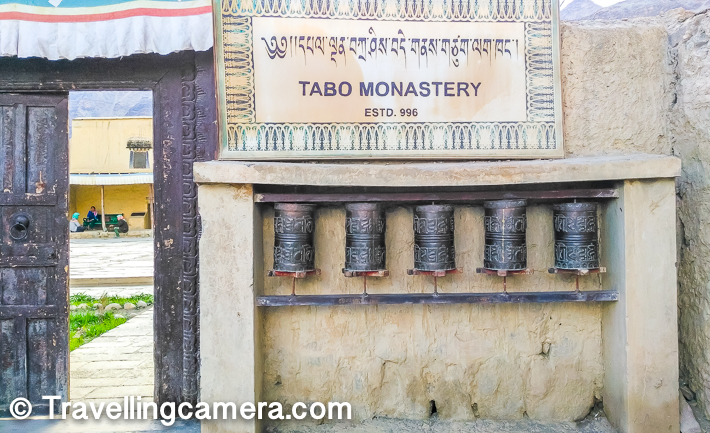
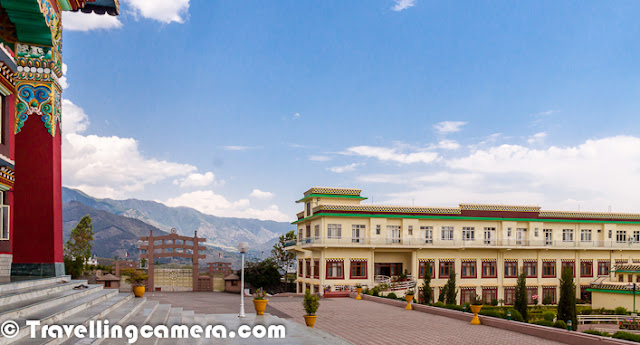

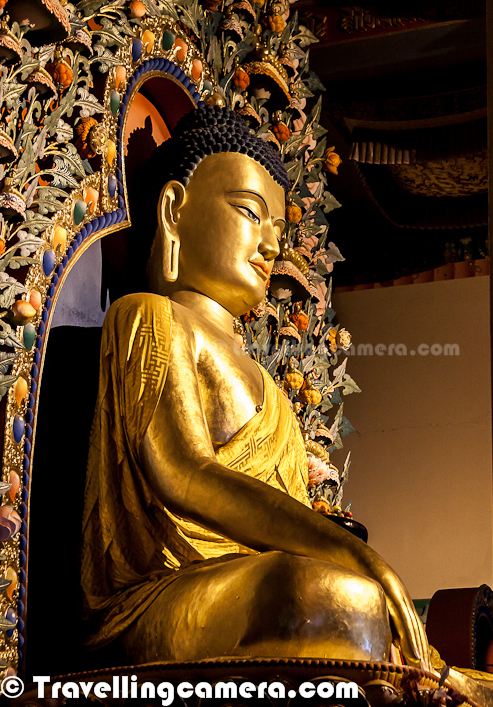




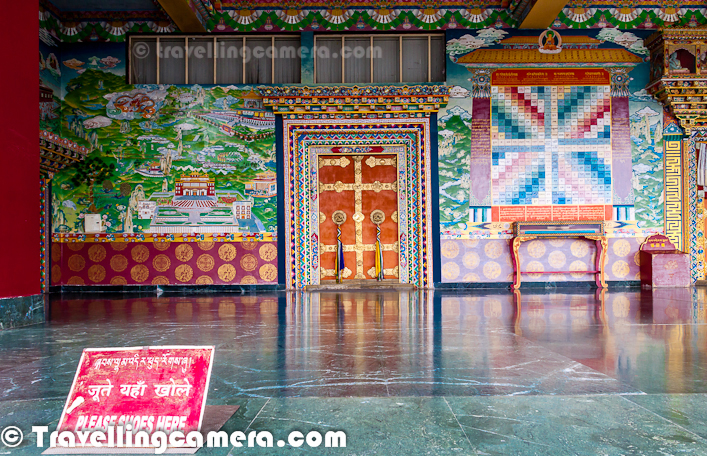
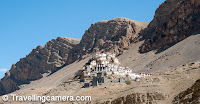
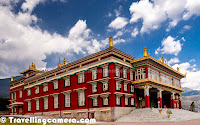


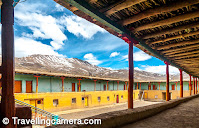





.jpg)
Comments